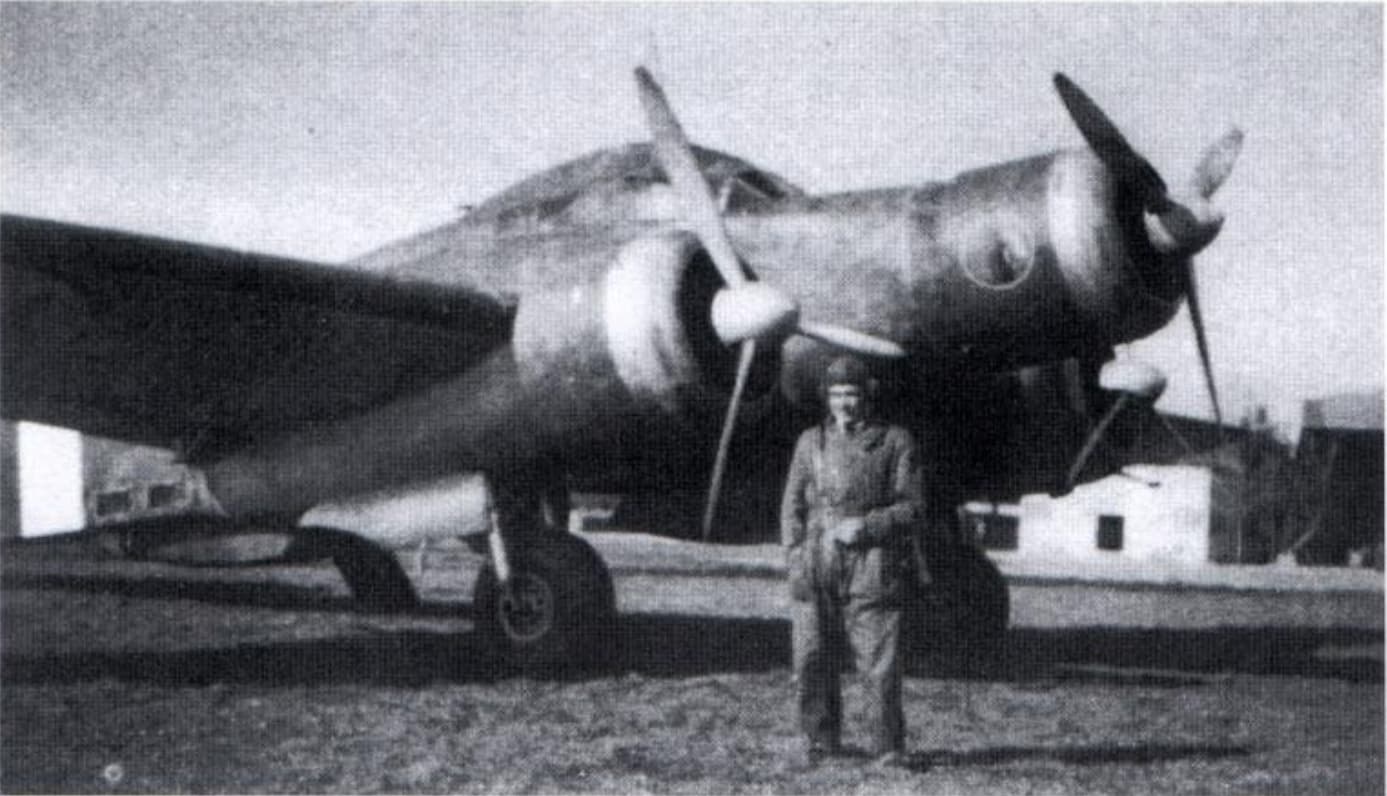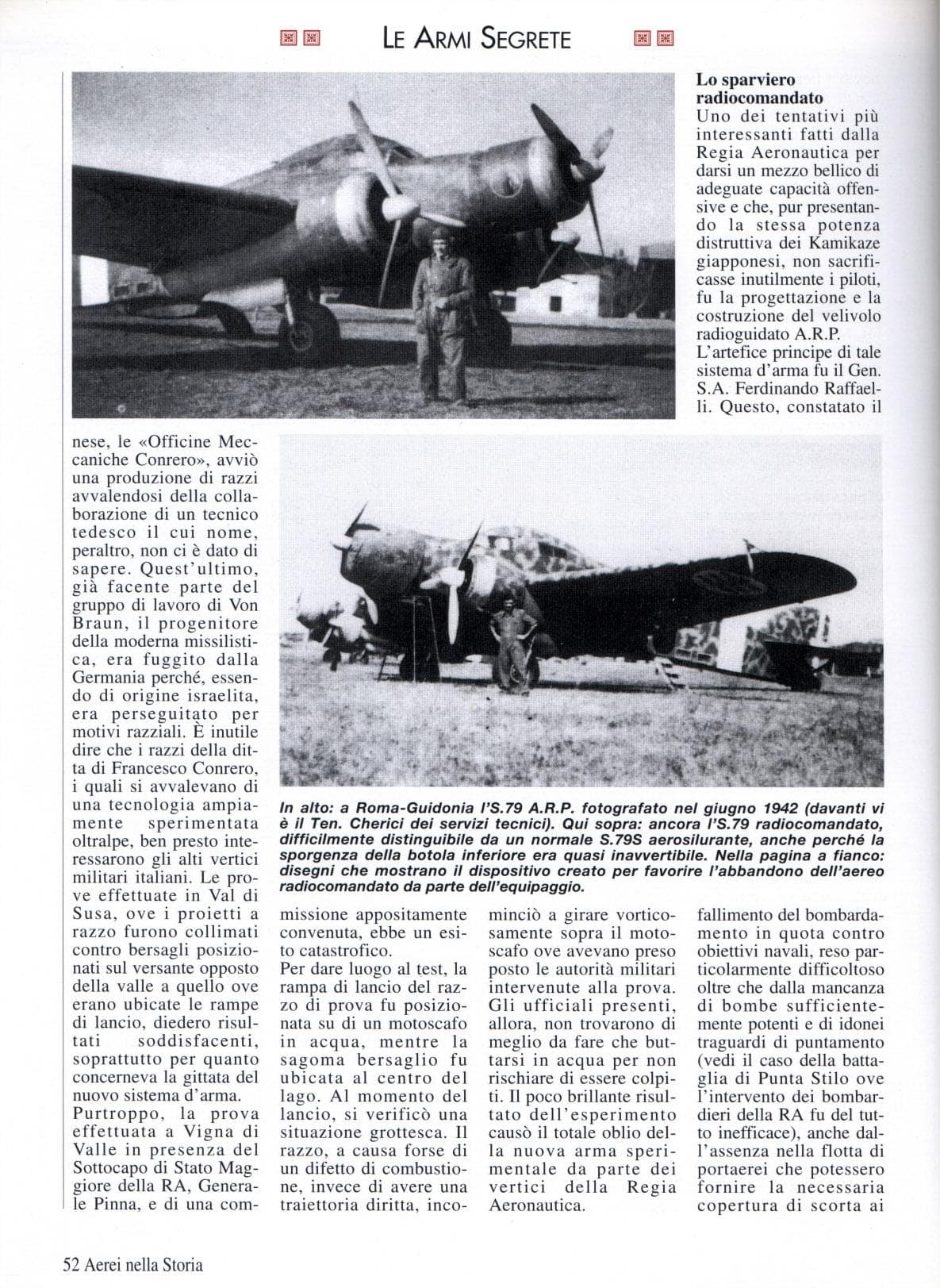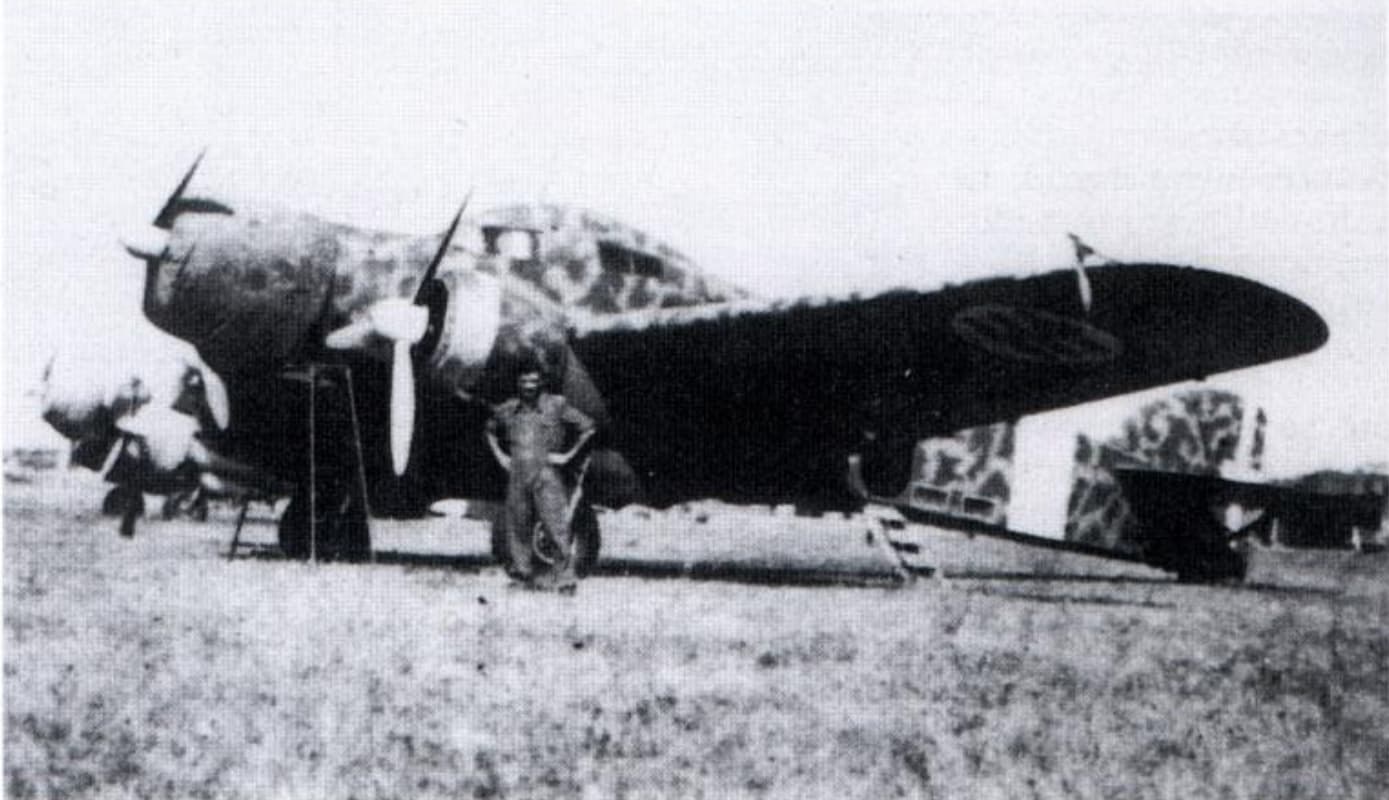- Yes
- No
History.
In 1940 the Italian Royal Air Force lacked bombers and optics precise enough to allow it to drop large bombs against enemy targets with good precision, and therefore Colonel Ferdinando Raffaelli proposed his idea to the High Command, namely that of using a remote-controlled bomber to be sent to bomb enemy convoys at very close range or even by launching itself against the convoys themselves with a huge load of large-caliber bombs. By doing so, it would have been possible to avoid the problem of human losses, which would have been reduced to a minimum and the effectiveness of the bombings would have been increased, and it would also have been possible to avoid dismantling old aircraft to use them directly as remote-controlled bombers.
After a few months of work and experiments carried out at the Experimental Center of Guidonia, the vehicle was completed using an S.M.79 modified to carry a single man as a crew (who would have parachuted as soon as the safety was removed from the bombs), adequate armor to protect the remote control apparatus and a load of only one bomb but of 1,000 kg (or two bombs always of 1,000 in the case of a closer target). The vehicle would then have been radio-guided by a P (Pilot) aircraft at a distance of about 4,000 meters. The modified bomber was colored yellow to make it clearly visible to the crew of the Pilot plane so as not to lose sight of it and to be able to direct it fairly easily towards the target. Given its coloration, the vehicle was affectionately nicknamed “Canary”.
In 1942, during the Battle of Mid-August, there was the first attempted use of the vehicle in the war in the operation called Canary. A CANT Z. 1007 bis was chosen as Pilot aircraft and the formation was escorted by two Fiat G.50 fighters. Unfortunately, close to the target, an aircraft burned down condemning the SM 79 to an uncontrolled flight and sending it adrift against the Tunisian mountains.
Despite the result, the lesson was learned and an improved medium was developed, but that’s another story for another suggestion.
Specifications.
Spoiler
Length: 15.6m
Height: 4.6m
Wingspan: 21.2 m²
Wing area: 61.7 m²
Empty weight: 6,945 kg
Full weight: 10.725 kg
Engine: 3x 750hp Alfa Romeo radials
Maximum speed: 430km/h
Maximum range: 2,300 km
Tangency: 6,300 m
Defensive Armament: None.
Bombs: 1 or 2 of 1,000 kg
Crew: 1(which ejected just before hitting the target)
Photos and drawnings.
Sources.
Spoiler
Aereo Radio Pilotato - Wikipedia
VILLACIDRO: UN PO' DI STORIA
Lo Sparviero e l’Operazione Canarino – Paolo Costa
SI VIS PACEM, PARA BELLUM: Le operazioni su Malta e nel Mediterraneo: l’SM 79 protagonista del primo tentativo italiano di attacco con aereo senza pilota
Il Drone italiano
1942, Operazione Canarino Cantù e il kamikaze dei cieli - Cultura e Spettacoli
Villacidro | Il “papà” dei droni che partì da Villacidro | Medio Campidano - Il Sardington Post).
VILLACIDRO: UN PO' DI STORIA
Savoia-Marchetti S.M.79 (Sparviero) – Gallinaro
SI VIS PACEM, PARA BELLUM: Il SIAI-Marchetti S.M.79 Sparviero
“Ali d’Italia 11 S.79”
“Aerei Nella Storia 15”
WW2 Equipment Data: Italian Explosive Ordnance - Bombs (Part 2)










